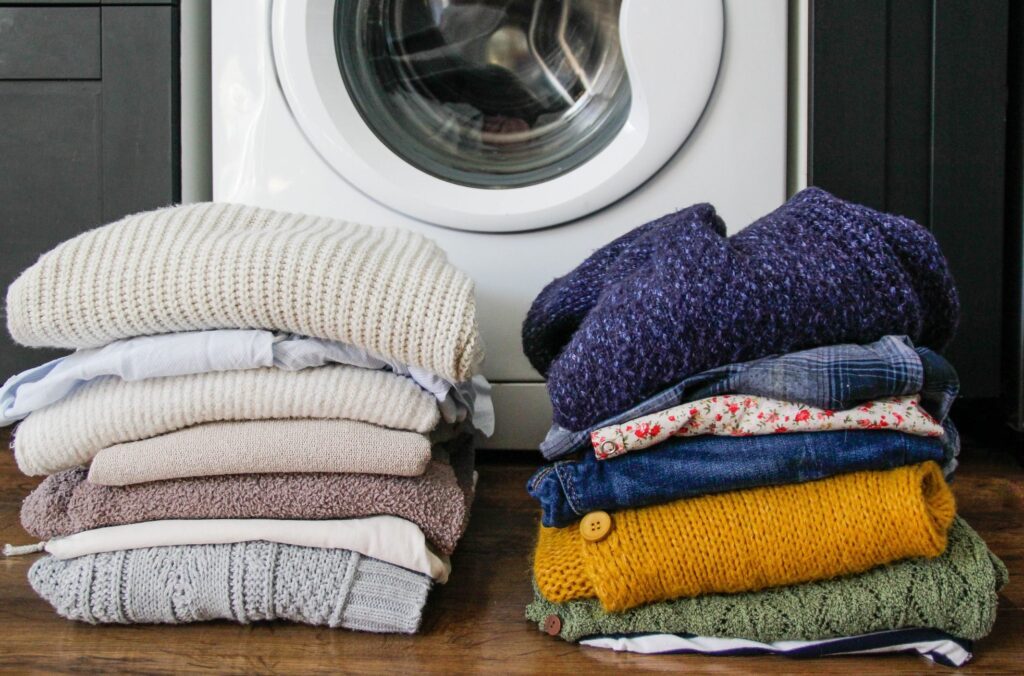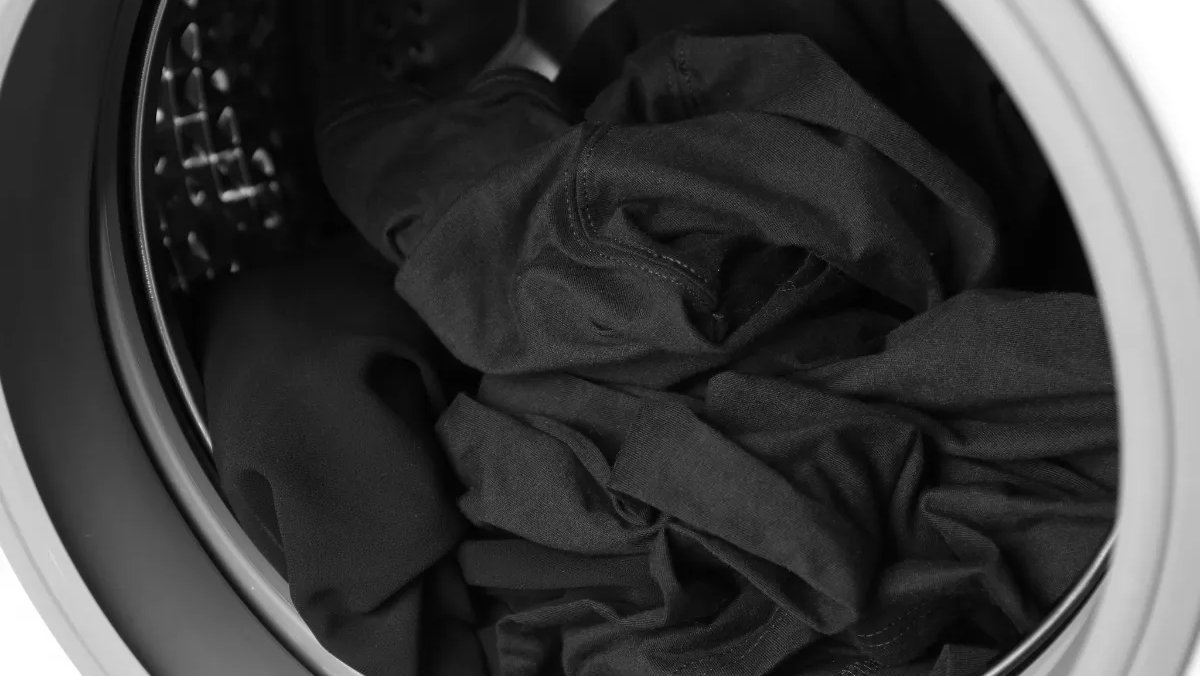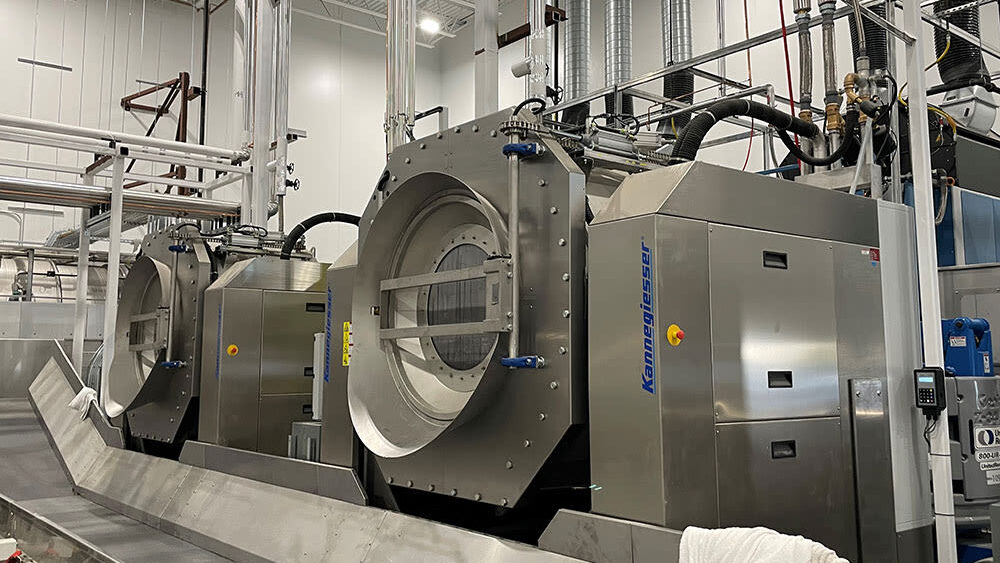For units such as hotels, hospitals or restaurants, fabric products such as bed sheets, towels, curtains, uniforms, etc. are indispensable items. However, under the intensity of continuous daily washing and ironing, these products are very susceptible to fraying, fading, shrinking or losing softness after only a short period of use. Therefore, increasing the lifespan of fabric products not only means saving costs but also helps businesses maintain a professional image, ensuring hygiene standards and service quality.
The following article will share with you the most practical and effective solutions, widely applied in the modern industrial laundry industry, helping to optimally protect fabric products.
1. Why Is It Necessary To Increase The Life Of Fabric In Industrial Laundry?
Fabrics are one of the most frequently used elements in fields such as healthcare, hotels, spas or restaurants. A medium-sized hotel can wash hundreds of sets of bed sheets and towels daily, while hospitals have to process medical fabrics after each treatment or surgery.
Because of the level of continuous use, fabrics are very susceptible to deterioration, fading or fraying if the laundry process is not strictly controlled. In this case, businesses not only increase replacement costs but also directly affect the image and reputation of the brand.
Therefore, increasing the life of fabrics in industrial laundry brings many important benefits:
- Saving long-term operating costs by reducing the frequency of replacement.
- Reducing the amount of fabric waste contributes to the goal of sustainable development and environmental protection.
- Maintaining hygiene and aesthetic standards, helping to improve user experience, and strengthening brand reputation.
2. Choose Machines With The Right Technology For Each Type Of Fabric
Industrial washing machines and dryers are the heart of the entire laundry process. Choosing and operating the equipment properly not only affects the cleaning performance but also directly determines the life and quality of the fabric. If the equipment is not suitable or the parameters are set incorrectly, the fabric is very susceptible to shrinkage, stretching, discoloration or loss of softness after many washes.
Optimal solution:
- Choose a washing machine that can flexibly adjust the spinning force and water temperature.
- Each type of fabric has its own characteristics, for example, cotton requires a lighter spinning force than polyester to avoid fraying and deformation.
- Prioritize dryers equipped with automatic humidity sensors.
The sensor helps to accurately control the dryness of the fabric, avoiding over-drying, which causes the fabric to become hard and brittle, or under-drying, which leads to mold and odor. - Regularly maintain the machine system.
A small error, such as a misaligned washing drum shaft or a broken temperature sensor can also reduce washing efficiency and cause the fabric to quickly deteriorate.
When the equipment system is selected and installed correctly, the washing and drying process will be gentler on the fabric fibers, helping to preserve the natural structure, color and durability, thereby significantly extending the life of the fabric.

3. Control The Amount Of Detergent According To Each Type Of Fabric
Chemicals play a key role in the industrial laundry industry in cleaning, disinfecting and deodorizing. However, if used incorrectly or mixed in the wrong proportions, chemicals can corrode fabric fibers, fade colors and reduce the life of fabrics.
- Specialized chemicals should be used for each type of fabric.
Each material has different absorption and chemical reaction properties.
For example, white fabrics need mild bleach to remove yellow stains without damaging the fibers, while colored fabrics should use neutral solutions to protect the freshness of the dye. - Limit chlorine bleach or highly alkaline solutions.
These ingredients can thin fibers, make fabrics brittle and lose their natural softness if used frequently. - Prioritize the use of automatic chemical mixing systems.
This technology helps ensure accurate dosage, avoid errors in manual operations, while saving chemicals and reducing operating costs.
When the washing process is strictly controlled from the preparation to the operation stage, the fabric is not only cleaner and safer but also retains its durability, softness and color for a long time, contributing to optimizing performance and costs for the business.
4. Adjust The Washing Water Temperature Appropriately
Water temperature is a factor that directly affects the durability and structure of fabric fibers in the industrial laundry process.
If the water is too hot, the fabric fibers are easily weakened and deformed; conversely, water that is too cold will reduce the ability to dissolve chemicals, making the cleaning process less effective.
Recommended solution:
- For white fabrics or heat-resistant materials: wash at 50–60°C to ensure the ability to sterilize and remove deep stains without damaging the fibers.
- For colored or thin fabrics: the ideal temperature is around 30°C, helping to preserve the color, avoid shrinkage and fading.
- Automatic temperature sensor application: this technology helps maintain a stable temperature throughout the washing process, ensuring optimal performance and limiting errors due to manual operations.
When the temperature is precisely controlled, the fabric not only retains its durability and natural color but also saves energy and reduces operating costs for the business.
5. Sort Fabrics Before Washing
This is one of the most important steps in the industrial laundry process, but it is often overlooked by many factories. Failure to classify properly can cause fabric to bleed, shrink, lose shape or lose softness after just a few washes.
Solution:
- Sort by color: wash white, light-colored, and dark-colored items separately to avoid color bleeding during the washing process.
- Sort by material: each type of fabric such as cotton, polyester, linen, synthetic fibers needs its own washing cycle and temperature, suitable for the fiber characteristics.
- Sort by level of dirt: items stained with grease, blood or strong detergents need to be pre-treated before being put into the machine to avoid cross-contamination.
Scientifically classifying fabrics not only helps increase cleaning efficiency, but also keeps the fabric soft, colorfast and maintains its new shape throughout use.

6. Drying And Storage Process After Washing
Many cases of damaged, shrunken or discolored fabrics originate from improper drying and storage. No matter how standard the washing process is, if the post-washing treatment is incorrect, the life of the fabric will still be significantly affected.
Solution:
- Dry at low to medium temperatures: avoid excessively high temperatures because it can shrink the fabric fibers and reduce the natural softness of the fabric.
- Dry in a cool place, away from direct sunlight: UV rays in harsh sunlight are the main cause of fading and brittleness of fabrics over time.
- Do not fold or press items when still damp: residual moisture is a favorable condition for mold and bacteria to grow, causing unpleasant odors and quickly damaging the fabric.
- Store in a dry, dust-free and well-ventilated warehouse: maintaining a stable storage environment helps keep fabrics soft, clean and colorfast throughout their use.
A professional drying and preservation process not only keeps fabrics in the best condition but also helps businesses improve service quality and optimize fabric replacement costs in the long term.
7. Laundry staff training is key to quality assurance
No matter how modern the technology and machinery in industrial laundry are, the human factor is still the decisive factor. A team of well-trained staff who understand the operating process will know how to handle each type of fabric properly, thereby minimizing the risk of damage.
Solution:
- Organize regular training courses on washing processes, chemical safety, fabric classification and equipment maintenance.
- Equip intuitive operation instructions in each operating area to ensure that all operations are performed accurately and consistently.
- Perform periodic quality checks after each washing cycle to help detect early signs of wear or incorrect procedures.
Thanks to a team of professionally trained staff, the entire laundry system operates synchronously – safely – effectively, thereby maintaining the durability of fabrics and enhancing service reputation in the long term.
>>>>>>>>>>>>>> Read more: 7 tips to wash black clothes without fading
Green Laundry – the leading company in providing quality and professional laundry solutions in Vietnam
Email: greenlaundry@giatuixanh.com
Phone: 028 36 222 180
Fanpage: Giặt Ủi Xanh – Chuyên Giặt Ủi Công Nghiệp
Address: Lot A57/II-Lot 58/II, Road No. 2D, Vinh Loc Industrial Park, Binh Tan Ward, Ho Chi Minh City.





